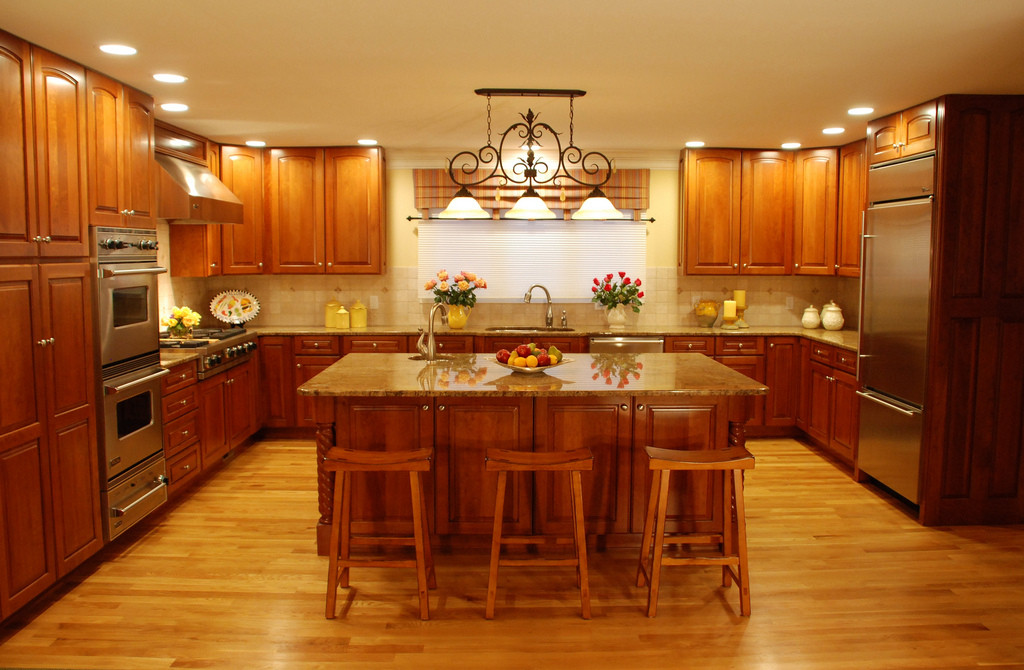
LED (light-emitting diode) lights have a number of benefits over traditional, incandescent lights. In terms of energy efficiency and lifespan, LED lights really shine. Did you know, though, that LED lights are also lower voltage, more durable and much cheaper over their entire lifespan than incandescent lights?
Savings with LED Lights
Let's face it - incandescent light bulbs have been a tremendous drain on peoples' utility bills for decades.
Since incandescent bulbs unhelpfully convert most of the energy that goes into them into heat rather than light, incandescents can be very inefficient (and expensive). In fact, homeowners spend on average 30 percent of their electricity bill on lighting alone.
Enter LED lights. It's been estimated that some LED lights can last years and give homeowners back in massive savings over the same period. The US Department of Energy even estimates that LED lights can last up to 25 times longer than halogen incandescents.
The US Department of Energy also says that LED lights only use one-fourth the amount of energy that incandescent bulbs do. This means that LED lights are also more energy efficient compared to old-fashioned incandescent bulbs.
When you consider how efficient, durable and ultimately cost-saving LED lights are, the evidence really starts to pile up in LED's favor.
Incandescent Vs. LED Bulbs
Since LED lights are much more energy efficient and durable over their lifespan than incandescent bulbs, LED lights save users money over the long term.
How much money? The average price for a kilowatt hour of electricity in the United States is approximately eleven cents. The thinking goes that if you use one thousand watts over an hour, you would end up paying eleven cents, on average.
So, how does this relate back to the incandescent versus LED argument. Simply put, incandescent lights use around 60 watts whereas an average LED light uses just under 10 watts. The higher energy efficiency of the LED means cost savings for homeowners.
The Numbers Are In: LEDs The Winner
Just consider that the monthly watt expenditure of lighting the average home is 3,000 watts with an army of incandescent bulbs whereas a home lit with LED lights runs under 500 watts monthly.
Doing the calculations and inputing the average cost of electricity in the US and the energy efficiency of both incandescent and LED bulbs, switching to LED lights could save homeowners an average of forty dollars per month.
This number takes into account the fact that LED lights turn much more energy into usable light - whereas incandescents squander a lot of energy turning energy into heat.
LED lights are also more resilient over their lifespan as well, which means that LEDs quickly pay for themselves in durability and long-term energy efficiency.
